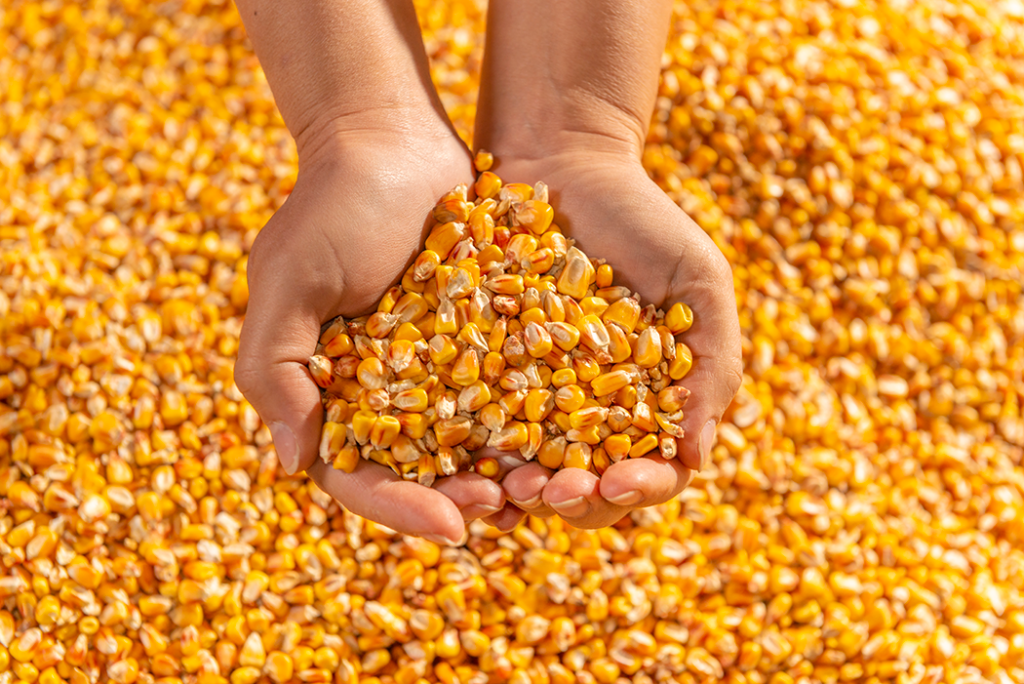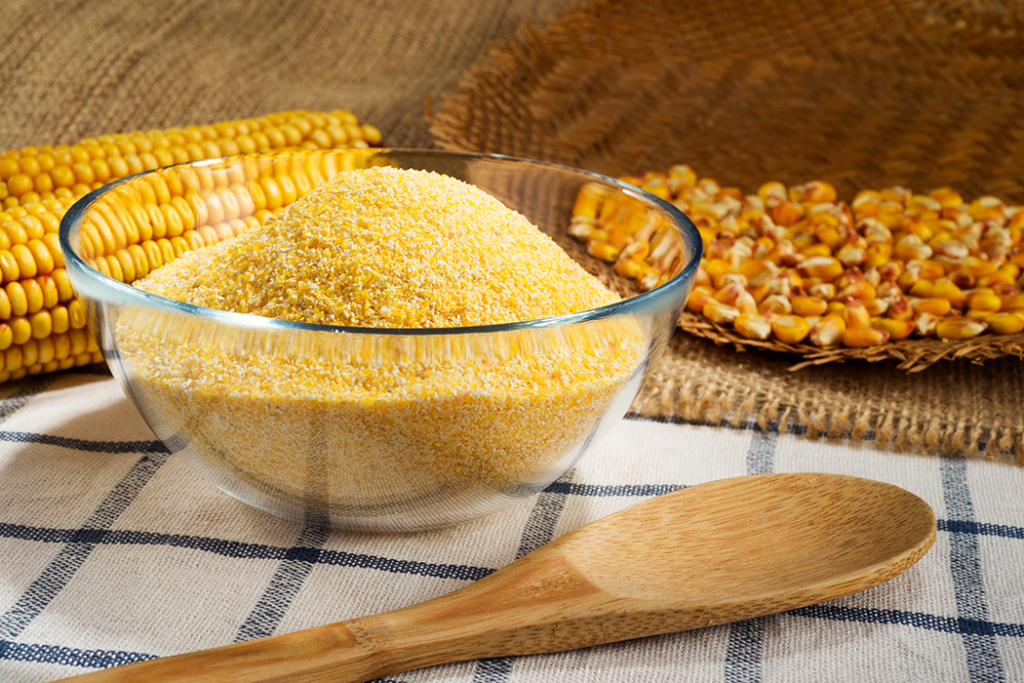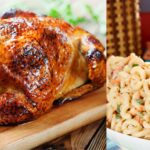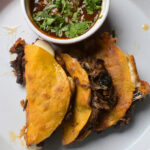What’s the difference between our corn ingredients?

Last month, while writing about 4 ways to use corn flour this winter, the team at Good in Every Grain discovered some really interesting ways to use grain corn in your cooking. Specifically, how to use the four commonly derived ingredients: corn flour, corn starch, cornmeal and masa harina. We wanted to explore each and beak it down how to use each – lets avoid those cooking fails by using the wrong type of corn product!
First, lets break down the corn we are talking about. Most of the grain grown in Ontario is actually grain corn – this is not the corn on the cob/sweet corn or popcorn we can buy in the grocery stores but actually the type of corn used to make corn flour, cornmeal, and even things like toothpaste, gasoline and whisky! This is also the corn that is used to feed farm animals like cattle, chicken, and pigs.
Now onto cooking, we have talked about the ways we can cook with corn before, but after researching corn flour last month we discovered that corn flour, corn starch, cornmeal and masa harina are four different types of corn products but are very very similar. And, we learned that using the wrong one in your recipe can drastically change what you were aiming to create!
What are they?
Corn flour: Corn flour is the fine powder made from grinding dried grain corn kernels. The outer hull is removed before it ground and is typically a yellow powder.
Cornstarch: This white powder is cornstarch, made from the starch of the kernels that were extracted. The grain corn kernels are soaked, and the germ and endosperm of the whole grain is milled. Then the starch part of the kernel from the soaked kernels is removed. This leaves us just the starch part of the kernel and is sold as its own ingredient cornstarch.
Cornmeal: Cornmeal is very similar to corn flour, but is less finely ground. Cornmeal is said to be ground to an individual particle diameter to be greater than 0.2 mm whereas corn flour are finely ground particles to be less than 0.2mm. Cornmeal is also yellow, but you can see the particle difference: cornmeal is much coarser.
Masa harina: Masa harina is traditional Mexican cooking flour (literally translated, it means “dough flour”) that comes from field corn. To make it, corn kernels are soaked in a mixture of water and calcium hydroxide, sometimes called “slaked lime” (not the fruit). The mixture alters the corn kernels chemically; without this pre-treatment, corn meal simply won’t form dough when mixed with water (just try it!). The process of soaking corn kernels in calcium hydroxide is called nixtamalization. Once the treated kernels are removed from the alkaline lime mixture and rinsed, it is ground into a fresh dough called masa. Masa only becomes masa harina once the dough has been dried and ground into a very fine powder.

The Loopy Whisk shows a great visual the difference between corn flour, corn starch and cornmeal.
Where to use them?
Corn flour: We walked through four ways you can use corn flour in your recipes: as a thickener for soups, sauces, in gluten free baking as corn is naturally gluten free for those with sensitivities. Corn flour is also a great breading for your favourite proteins and can be used to make corn bread with a cakier texture (corn cake anyone?).
Cornstarch: Cornstarch can be used as a thickener in stews and sauces.
Cornmeal: Cornmeal is excellent in making things like polenta and cornbread recipes.
Masa harina: You can make fresh corn tortillas and a variety of other traditional Mexican dishes with either fresh masa or the dried, powdered masa harina. Fresh masa is more difficult to find outside of specialty markets, but masa harina is widely available in grocery stores in the same aisles as baking ingredients and flour.
Grain corn is an awesome grain and can be used in so many ways. Learning how to properly use ingredients helps make cooking fun, exciting and create delicious meals. Check out the list below of our favourite grain corn recipes.



